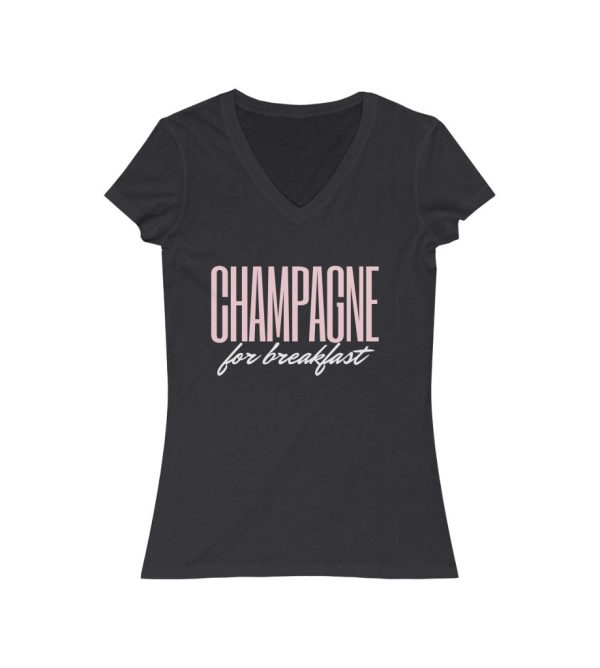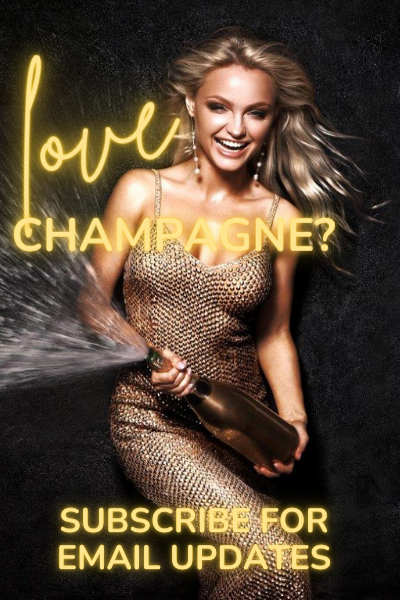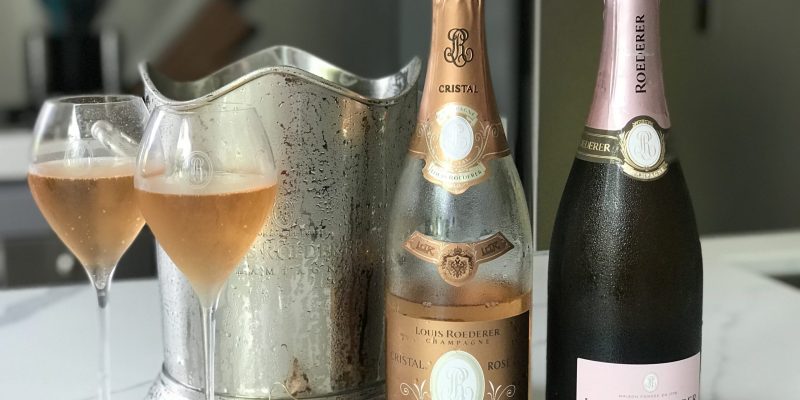
My stand out champagnes from the last five years
- Marnie Nichols
- December 24, 2021
- All Time Favourites, Blog, Top Fives
It’s been five years since I started Bubble & Flute… Happy Birthday to my baby!
I wanted to mark the occasion somehow but how can I possibly sum up five years in a single post, especially when I have written almost 300 posts!
So I decided to do a quick calculation to estimate how many champagnes I have actually tried in that time.
I discovered that over the last five years I have tried champagnes produced by 136 different makers. According to the latest statistics from the Comité Champagne, there are a total of 4,300 producers of champagne, so I still have a long way to go before I’ve tried them all!
To say I have tried 136 different producers doesn’t really cover the different styles or vintages from each house or grower and it doesn’t account for repetition (of which there has been a lot!). But because I take a photograph of every champagne I taste, I can say with a fair degree of accuracy that I when I started writing this post last weekend I had tasted 497 different champagnes in the last five years. By the time I finished this post a week later, that number actually jumped by 24 to 521. (I went to two champagne events this week to celebrate Champagne Day!)
That works out to be about 100 different champagnes a year or eight a month. While I am pretty pleased with that as my batting average, my GP may not be so excited by this particular statistic. This is an important point for me to make here because I really don’t want to send the wrong message about alcohol consumption. If you haven’t been following me for long, you may not know that my health and fitness are one of my great passions in life. I believe you can have your champagne and your health and fitness too. I do take my wellbeing very seriously and regularly take self-imposed booze breaks and will be very honest when I say more than half of the champagnes I have tried were ‘tastings’ – that is they were not full glasses or bottles.
But let’s get back to talking about the bubbles!
I was talking to a friend about my champagne tasting tally earlier this week and they asked the obvious question…
“Out of all those champagnes, do you have a favourite?”
It wasn’t a terribly difficult question and it prompted me to write this post about my list of standout champagnes from the last five years.
When I sat down and started writing this post, I realised I actually needed to write a second list for the champagne memories or moments that have stood out to me. The times where the memory was less about the champagne and more about the whole experience – I will share them next week.
But for now, here are the five champagnes that have stood out to me the most in the last five years.
1. Charles Heidsieck Blanc des Millénaires 1995
First on the list is the utterly unforgettable 1995 Blanc des Millénaires. Quite simply, this is an insanely good wine. If you love champagne, make every effort to try this before you die!
If you have read many of my posts, you will know the Charles Heidsieck Brut Reserve is one of the two champagnes I list as my all-time favourites. Even after 520 other champagnes I’ve tried, the Brut Reserve is the one that consistently manages to make me catch my breath every time I try it.
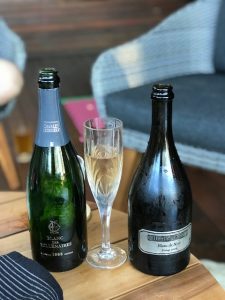
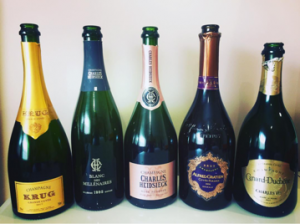
But the Blanc des Millénaires is something else. It is the very top of the Charles Heidsieck range (it’s cuvée de prestige) and is a very rare and special wine. The house has only ever released five vintages…. the original 1983 and then the 1985, 1990, 1995 and 2004. This year, they will release a 2006.
All of the range is 100% chardonnay and the 1995 was aged for 20 years on lees… yes, I said 20 years. You can imagine the complexity and flavour profile that the champagne will develop with that amount of time in the cellars. Being purely scientific about it, many would argue that it is scientifically impossible for the smell and taste of the crayeres in which the bottle rests to penetrate the bottle and the wine, but I am openly a believer in things you can’t explain. This isn’t the last champagne on this list where I raise the possibility of tasting champagne being a spiritual experience.
But back to the things that are in the realm of the five human senses, this champagne has a deep golden colour and a rich, creamy flavour that you won’t forget in a hurry. It is a complete sensual experience… rich, heady and velvety, all words I used to sum it up. There is only one other way I can think to describe it – champagne orgasm.
If you can find this for sale anywhere BUY IT!
I have tried the 2004 a couple of times too and love it but feel like it needs more time. I will be keeping my eye out for future releases of the 2004 to stash away.
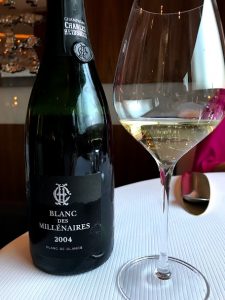
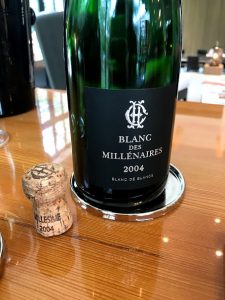
2. Leclerc Briant Cuvée Abyss
The second champagne on my list, the Cuvée Abyss from Leclerc Briant which is very hard to find outside of France.
Hervé Jestin, the chief winemaker for Leclerc Briant, was a pioneer in biodynamic wines and has a very unique winemaking philosophy. When I first tried the range in the Leclerc Briant tasting bar in Epernay, the team gave me a copy of a champagne magazine so I could read an article about his philosophy. Hervé believes wine is a living, breathing thing and looks at the interaction between the wine and humans and the environment around them. He talks about energy and the natural intelligence and consciousness of wine. I know it’s tempting to roll your eyes and call it a load of wine-wanker bullshit – the other option is to stay open-minded and try the wines and decide for yourself. I chose the latter option.
The Cuvée Abyss from Leclerc Briant experiments with the interaction between the wine and humans and the environment around them in a unique way… because it’s aged on the bottom of the ocean. I enjoyed this champagne four times when I was in France in June 2018. The Cuvée Abyss is actually sold with the marks of the ocean still on the bottle and so the Abyss can’t be imported into Australia because of our customs and disease preventative regulations. But you can get most of the other cuvée from Leclerc Briant wines from French Vine.
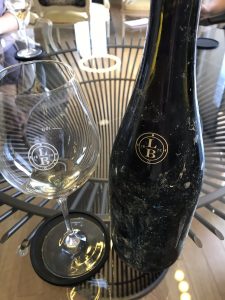
The blend is 1/3 pinot noir, 1/3 chardonnay and 1/3 pinot meunier and zero dosage. Disgorged after three years of traditional lees ageing, the Abyss then spends 12-15 months ageing 60 metres below the surface of the Atlantic, in the Bay of Stiff, at the eastern tip of the “Ile d’Ouessant” off the coast of France in Brittany. The Abyss 2013 was bottled in July 2014, disgorged in March 2017, submerged in the ocean in June 2017, and brought up from the depths in June 2018 fresh for me to taste. This is a very rare cuvée, with only 3,000 bottles made this way.
A bit like finding the taste of the cellars in the Blanc des Millénaires from Charles Heidsieck, the Cuvée Abyss has a distinct ocean/salty character which is either the taste of the ocean or highlights the similarities between the mineral qualities of the ocean and the chalky soils of the Champagne terroir. Or maybe it’s a bit of both.
If you take the ‘all or nothing’ approach to life or are a believer that not everything is explained by science, the Cuvée Abyss should be on your ‘try before you die’ list.
3. Olivier Horiot Métisse Noirs & Blancs
This is the last of the champagnes on the list that will most likely appeal to Champagne uber-geeks.
The Olivier Horiot Métisse Noirs & Blancs is a fascinating champagne.
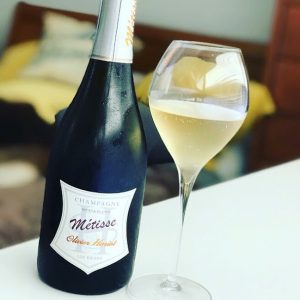
It is one of those champagnes you need to taste knowing a bit about it because it’s not what most people expect from champagne… but in a really, really, really good way! The wine maker, Olivier Horiot, originally made Rosé des Riceys, a still rosé wine from Les Riceys in Côte des Bar. In fact, he is a legend at making Rosé des Riceys and has recently started making champagne too.
This champagne is 80% Pinot noir and 20% Pinot blanc. While most people are familiar with the three main grapes used to make champagne, a lot of people don’t know that there are actually seven grapes that can be used to make champagne. And Olivier Horiot uses all seven grapes in his blend and being from the Côte des Bar, the terroir is not as chalky but has more characteristics of a clay-based terroir. This champs is 2 g/l in dosage and very low sulphur and when I first smelt this, I got a lot of fruit. Super-ripe fruit. Like I was standing in an orchard near a pile of fallen fruit… but it settled a lot down after the first glass.
Cool and edgy and definitely unique and different, this champagne left its mark on my taste buds, challenged my definitions of what champagne can taste like and opened my mind to looking for the next wave of legendary champagnes.
In Australia, you can find this in stock at Emperor.
4 & 5 Louis Roederer Cristal Vintage Rosé 2008 AND the Louis Roederer 2013 Vintage Rosé

It would be a bit mean to include just the Louis Roederer Cristal Vintage Rosé 2008 on this list because it is very hard to get your hands on and then if you do manage to find it, it is eye-wateringly expensive.
But because it is honestly the best rosé champagne I have ever tasted, it had to make the list. I have also included the Louis Roederer Vintage Rosé because if I hadn’t had the opportunity to try the Cristal, the 2013 Vintage Rosés from Louis Roederer would be in its place on this list.
From the first time I tasted a Vintage Rosé from Louis Roederer, it made a lasting impression. I tried the 2010 Rosé at a dinner with Louis Roederer cellar master, Jean-Baptiste Lécaillon, where he told us his 2010 Rosé had just been awarded the best rosé champagne in the world. And that to win this award it had beaten his own 2002 Cristal Rosé, one of the most expensive champagnes on the planet!
But far from being annoyed or disappointed, Jean-Baptiste was clearly immensely proud of his 2010 rosé because the award didn’t mean his Cristal Rosé was any less of a wine… just that the 2010 rosé was really quite remarkable.
So when I had the opportunity to try my first Cristal rosé (the 2008) alongside the 2010 rosé, I was pretty excited.
In that tasting, while the vintage rosé was still extraordinary, the Cristal 2008 was next level and in a class all of its own.
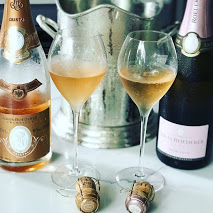
What makes the rosés from Roederer exceptional is a very special and difficult technique they call the ‘infusion’ method which was first used by the house for the Cristal Rosé in 1974. The technique goes like this… the pinot grape bunches are chilled, de-stemmed on the sorting table and sealed uncrushed in cold tanks for 7–10 days. During this time, they naturally burst their skins, and the flavours and aromas are released without any tannins. There is no pressing and then the chardonnay juice is blended at this point before fermentation. Tyson Stelzer describes this process of blending chardonnay and pinot noir pre-fermentation as “daring in itself, but to do so for rosé, one needs to be a psychic, crazy or uber-talented.”
The Cristal Vintage Rosé 2008 is 44% chardonnay from one parcel in Avize and one in Le Mesnil-sur-Oger, 56% pinot from two parcels in Aÿ, all biodynamic since 2007, aged 6 years on lees; 8g/L dosage.
Louis Roederer 2013 Vintage Rosé is 30% Chouilly chardonnay, 70% Cumières pinot noir; 33% fermented in oak casks; 22% malolactic fermentation; 8g/L dosage.
Getting your hands on the Cristal Vintage Rosé 2008 will be hard and may hurt (it will cost about $900) but the 2013 Vintage Rosé may still be available and far more affordable at about $120 a bottle.
And that’s a wrap on my five stand out champagnes from the last five years. I can’t wait to see what the next five years hold in store for me and my taste-buds!
What are your favourite or standout champagnes? If you are sharing your standouts, don’t forget to tag @bubbleandflute on Facebook or Instagram and use the hashtag #happychamper.
Bubble & Flute promotes the responsible consumption of alcohol for individuals of legal drinking age in their country. Prices and links correct at time of publication.

